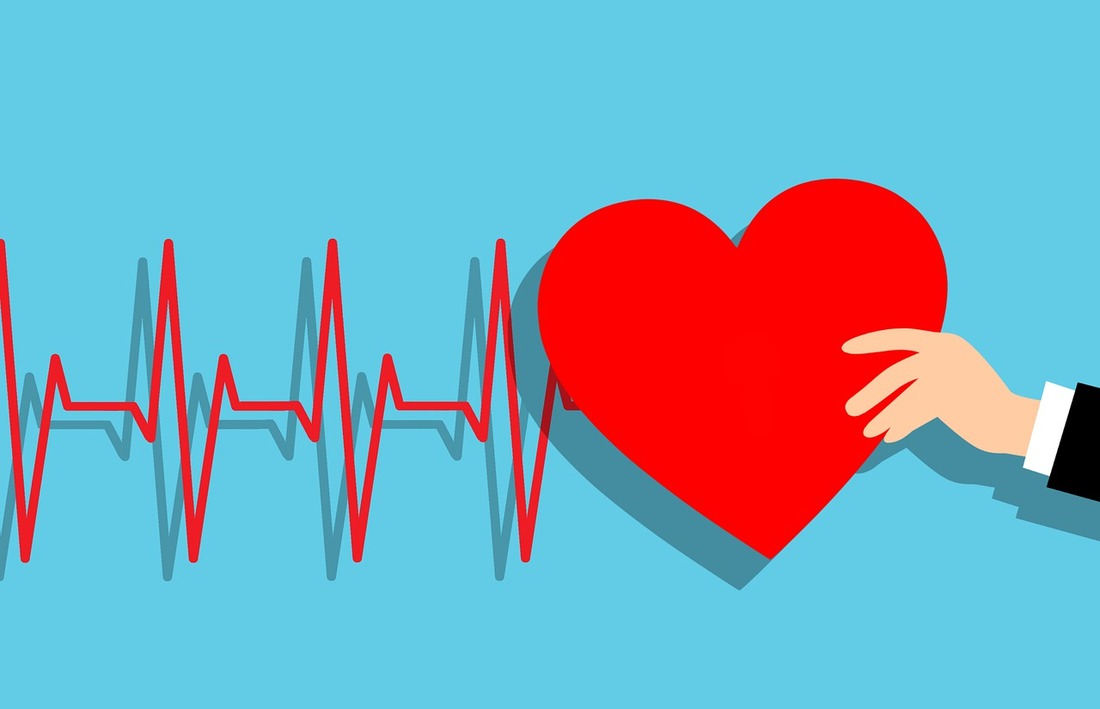|
By Clare Nimura
A hundred years ago, you would not have much hope of survival if one of your organs suddenly stopped working. Today, however, there exists a vast system of organ donation. Surgeons perform complex medical procedures to remove healthy organs from willing donors and to replace missing or damaged ones in recipients. Problem solved! But not quite…. There are currently more than 113,000 people on the national waiting list for organ transplants, with a new person added to the list every 10 minutes. These patients have diseases like cardiomyopathy, diabetes, cystic fibrosis, or cirrhosis and are in need of working replacements for their kidneys, livers, hearts, lungs, or other vital organs. The number of people in need of transplants greatly outweighs the number of transplants performed each year (less than 40,000), and about 20 people die each day while waiting for a new organ. How did such a large discrepancy arise? The answer is twofold: under-registration of donors and a broken donation system. On the surface, organ donation seems simple—just replace a dysfunctional organ with a healthy one—but, in reality, there are many more variables at play. Most people are unaware that only 3 out of 1000 people die in a way that leaves their organs viable for donation, or that a single donor can save up to eight lives if they are able to donate their heart, lungs, liver, pancreas, kidneys, and intestines. If you do the math, this does not yield nearly enough viable organs for the thousands on the waiting list. Additionally, though 95% of adults in the United States support organ donation, only 58% are actually registered. These dismal statistics are compounded with a highly corrupt and ineffective system for organ recovery, which wastes thousands of viable organs daily. How did this critical system end up in such a terrible condition? In a perfect world, an organ donation would be orchestrated as follows: a potential donor would be identified, proper consent would be obtained, and the organ would be harvested and stored in sterile packaging to be transported to the recipient’s transplant hospital, where the next patient on the waiting list would finally get their new organ. In reality, this is far from the sequence of events. Not only are there channels by which the very wealthy can get added to multiple waiting lists, there is corruption in the organ donation process itself, which results in tens of thousands of healthy organs left untouched. Organ Procurement Organizations (OPOs) are, by federal law, the only group that can recover organs from deceased donors for transplantation. There are 58 such groups in the United States; they are non-profit contractors who are responsible for coordinating donations. The problem is that not only do these groups hold monopolies over their designated areas of service, they also follow an internal evaluation system that does not incentivize the pursuit of every viable organ. One recent study demonstrated that with reforms to increase efficiency and effectiveness of the organ donation system, there is the potential to recover up to 28,000 more organs per year and to save billions of dollars in the process. When OPOs fail to show up, people die. How can we heal this broken system? First, you can sign up to be an organ donor at https://www.organdonor.gov/register.html. And second, you can encourage your congressional representatives to push for transparency in OPO metrics and for improved accountability. Removing perverse incentives and initiating external audits are two potential improvements. At this moment, there are viable lungs, hearts, livers, and other organs ready for transplant, and there is a sick patient somewhere who has been waiting for those organs, maybe for years, but may never get them because of the corruption in the organ donation process. This should not be the case, and there are simple solutions that would improve the situation greatly. Every small improvement is worth it; every organ recovered is another life potentially saved.
0 Comments
Leave a Reply. |
Categories
All
Archives
April 2024
|

